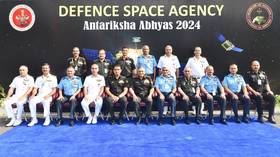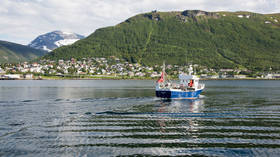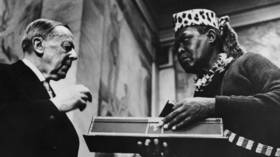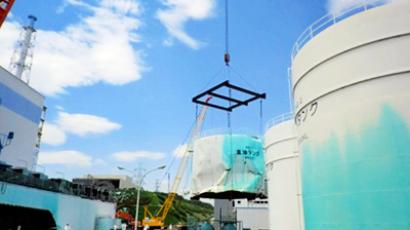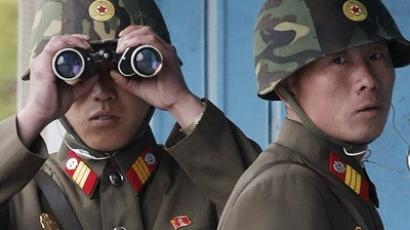Kazakh steppes toward nuclear recovery
Twenty years since Kazakhstan abandoned its nuclear test site, country’s atomic arsenal has gone from being the world's fourth-largest to nothing. Decades on from seeing hundreds of explosions, the environmental and human cost is still being felt.
Years later, Kazakh people who live in the area still remember the nuclear tests that tore their lives into “before and after”. “More than 1.5 million people were affected by the nuclear tests. The combined power of all the explosions at the Semipalatinsk Test Site was equivalent to around 2,500 Hiroshimas,” says President of Kazakhstan Nursultan Nazarbaev.The Semipalatinsk Test Site (STS) was the largest in the world. To get an idea of how vast it actually is, it must be seen from the air. Affecting an area of around 300,000 square kilometers, roughly the size of Germany, Semipalatinsk stretches out further than the eye can see in every direction. The Soviet Union conducted 456 nuclear tests at Semipalatinsk between 1949 and 1989 on the Kazakh steppe. One hundred and sixteen of those took place above the ground, 340 underground (borehole and tunnel) shots and 116 atmospheric (either air-drop or tower shots), including the testing of the first Soviet hydrogen bomb. The full impact of radiation exposure on people and environment was hidden for many years by Soviet authorities.The site was chosen by the political head of the Soviet atomic bomb project, Lavrenty Beria, in 1947. Beria falsely claimed that the vast steppe area was uninhabited. The radiation omitted scarred more than just the landscape. There was a huge increase in cases of cancer and serious birth defects amongst the local population. The effects of these tests are still being felt three generations after the first explosion.The first Soviet bomb test, Operation First Lightning, was conducted in 1949, causing damage in nearby villages, which had not been evacuated. People who live nearby and witnessed the first test in 1949 still remember the impact it had on the local population.“As I was going to the post office, a powerful stream blasted right in front of me like white lightning. I was completely shaken and some of the others were knocked over. All windows were broken in a nearby institute building. We were really scared,” says Pyotr Kolomin, a local resident. STS was closed in 1991 following mass protests organized by anti-nuclear movement “Nevada Semipalatinsk” in Kazakhstan. The movement was founded in 1989 and attracted thousands of people to its campaigns.In 1992, the National Nuclear Center of the Republic of Kazakhstan was established by Presidential Decree on the basis of the former Semipalatinsk Test Site.Among NNC missions there are elimination of nuclear weapon test consequences in Kazakhstan, monitoring of nuclear weapon tests worldwide and conversion of the former Semipalatinsk Test Site infrastructure to use its scientific and technical potential in the national peaceful interests.





